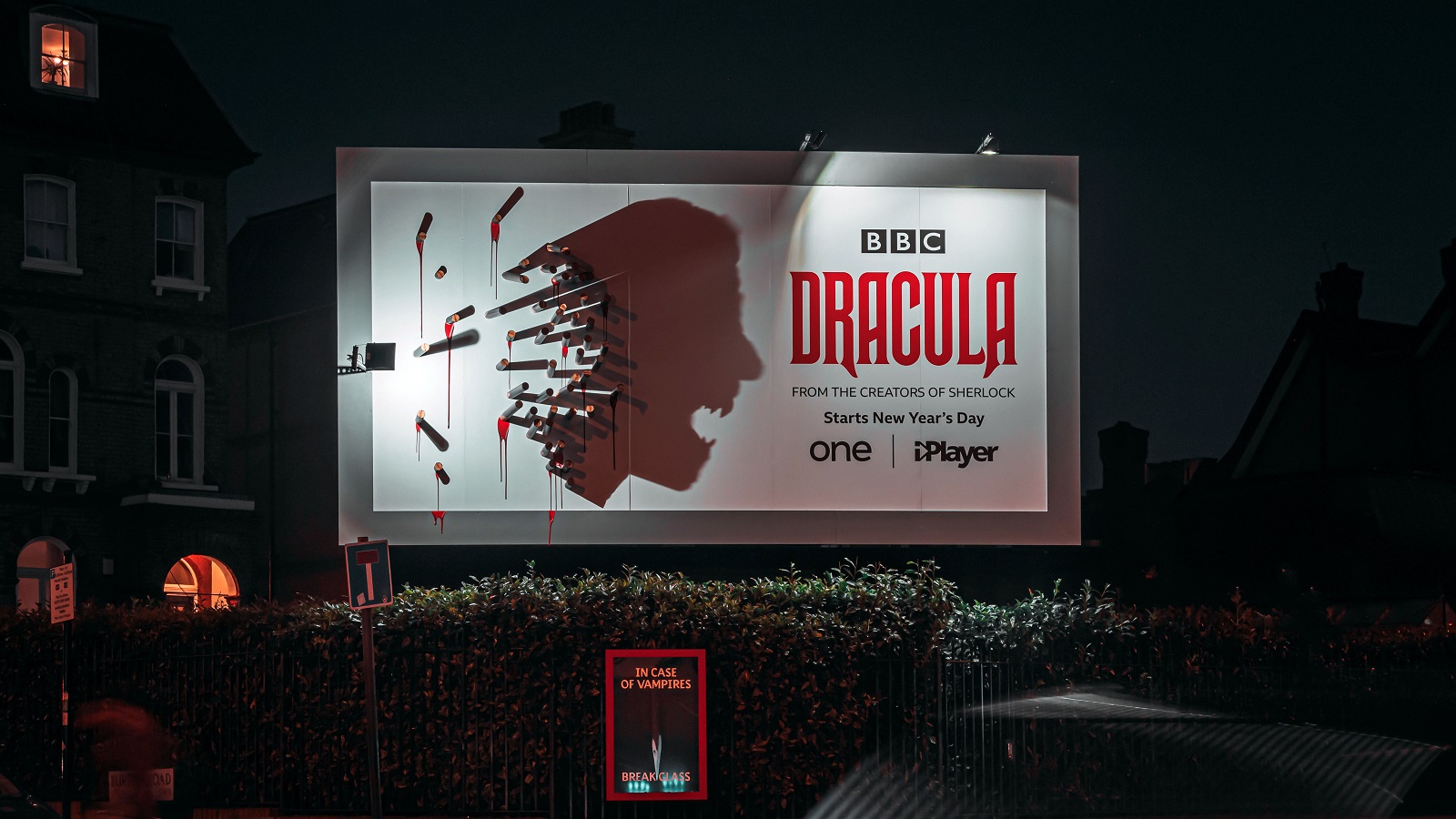Legends about vampires have evolved over the centuries. The most common image of the vampire was first introduced in Bram Stoker’s novel, “Dracula” in 1897, but the legends originate way back than that. Indeed, the most known vampire is considered Dracula, and even though this is widely credited to Stoker’s work; rather, we owe the image of Dracula to the legendary Vlad the Impaler (Vlad Ţepeş), the Voivode of Wallachia.
As a matter of fact, the two ‘creatures,’ Vlad and Dracula, don’t have much in common. Sure, they influenced the image of each other, but that’s mostly it. While Vlad is known for impaling — a particularly gruesome form of torture and death —Dracula is known for sucking his victims’ blood during nighttime. Yes, we can say that they both share a passion for gore and they both cast terror into the human soul.
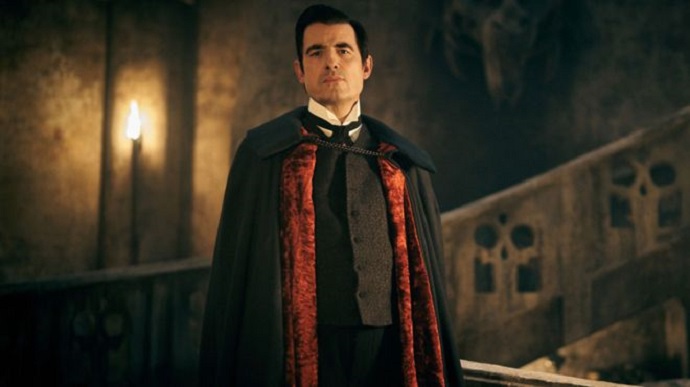
However, it is indeed Dracula whose liking has evolved into the legendary vampire that has inspired countless horror movies, television shows, and other bloodcurdling vampire tales. This time, the vampire takes the center stage in Netflix’s show that simply carries the nightly creature’s most-known name: Dracula. The television series developed by Mark Gatiss and Steven Moffat is based exactly on the novel by Stoker. The Count is portrayed as he goes great lengths to conquer the world.
Such a character doesn’t need an introduction. Despite his international fame, BBC Creative felt that, somehow, poor earthlings needed to be reminded of the creature’s presence. The creative team of the London-based company found a brilliant way to properly introduce Count of Transylvania’s new show – during both daytime and nighttime. Now, you’re probably asking how is this possible? Resurrecting a character that’s supposed to be only a legend… And during both day and night!
BBC Creative’s answer is simple. You just turn on the lights. Yes, this would probably affect Dracula’s life, wouldn’t it? While the legend says that vampires can’t bear being exposed to rays of light, it has come to light that Netflix’s Dracula has more ‘guts’ and appears only when exposed to light. Actually, not sunlight – it’s artificial light that uncovers the true face of dread. How does this work?
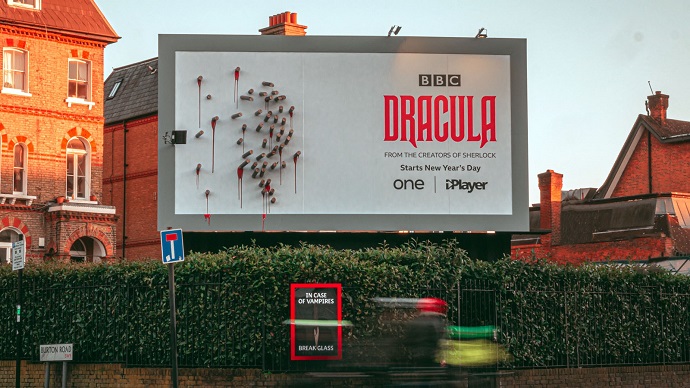
You place a giant billboard in a location that’s usually frequented by pedestrians and wait. Wait for the stakes that are not-so-randomly-placed on the OOH panel to do their magic when the night settles in. The installation cleverly utilizes shadows and the bloody stakes to contour the silhouette of Dracula’s face that only appears as darkness falls. At the same time, a ‘break in case of vampires’ box has also been erected below the banner to raise extra fear and excitement.
Olly Harnett, Creative Head at BBC Creative, sheds more light about the painstaking installation: “Our campaign for Dracula leaves the audience in no doubt they can expect something fresh and unexpected from this extraordinary adaptation of the vampire classic. Our unique campaign is one of the most ambitious special builds we’ve ever undertaken – by day, a random assortment of stakes hammered into a billboard but by night, transformed, as the Count springs to life in the form of a looming shadow.”
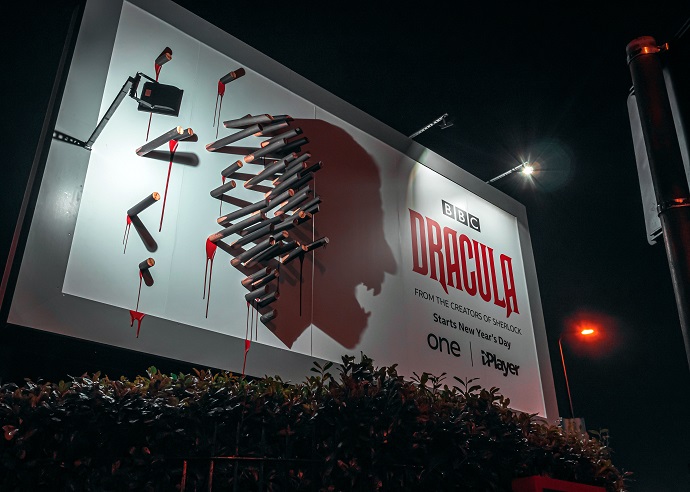
Chris Hooper, Head of Marketing, BBC One, adds another angle: “Coming from the makers of Sherlock, this version of Dracula is laced with dark humor and rock star swagger. We wanted our campaign to reflect Steven and Mark’s fresh take on a classic character, so each element has been designed to surprise – from the cheeky campaign line, ‘Bloody Legend’, to the use of Lust For Life on the trailers, and this special build, which takes a playful, tongue-in-cheek approach to the legend.”
Aren’t you excited to meet with the legendary Count? We are! But we’d prefer to meet him while watching Netflix. Seeing him face-to-face might make us anxious… A bit(e).
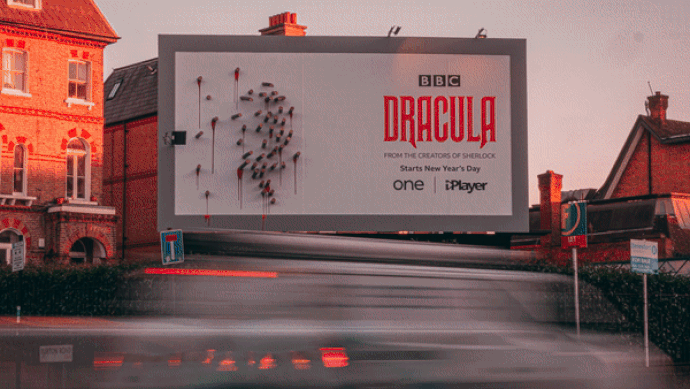
Credits:
Image: BBC
